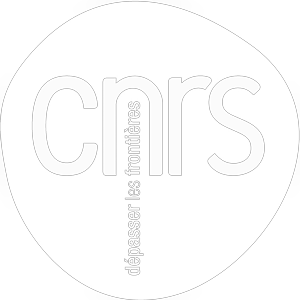Removal of NAPL from columns by oxidation, sparging, surfactant and thermal treatment
authors
keywords
- Remediation Columns Oxidant Thermal Surfactant Sparging
document type
ARTabstract
In this paper, four treatment techniques commonly applied to Volatile Organic Compounds (VOC) removal from soil are compared in column experiments with pure sand containing a residual Light Non- Aqueous Phase Liquid (L-NAPL) contamination. Oxidation is tested through the injection of Fenton reagent, with persulfate, and combined with sparging with the injection of ozone. Surfactant treatment was conducted at low flow rates with Tween®80. Sparging was conducted by air injection but at a low flow rate of 1 mL min1. Finally several columns were thermally treated at a temperature of 80 C. The results showed high removal (>90%) for all techniques used, although only thermal treatment on BTEX (Benzene, Toluene, Ethylbenzene and Xylenes) reached 100% efficiency. The main limiting factors of each technique were: (i) for oxidation, the solubility of the substance limited the removal; (ii) for surfactant both the solubility in the surfactant and the type of surfactant are important; (iii) for sparging, the main factors are contaminant vapor pressure and porous media grain size; (iv) for thermal treatment, the limitation arises from the contaminant vapor pressure and the medium hydraulic conductivity. A comparison with literature data shows that the results are consistent with most of the studies conducted on one technique.



